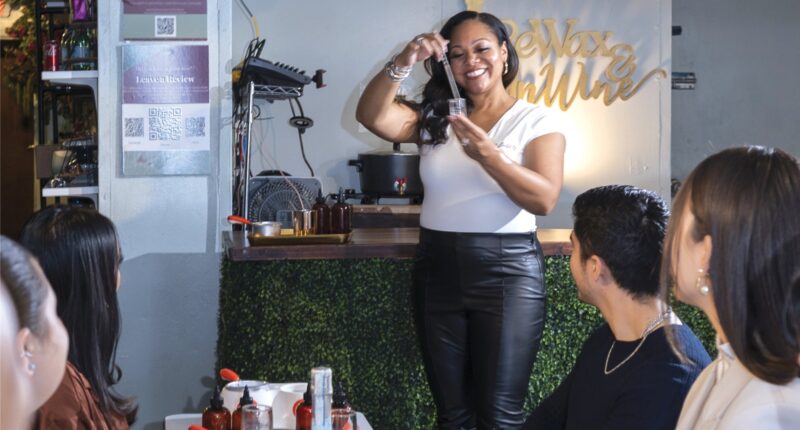
The term “mom-and-pop shop” might sound quaint, but their impact is outsized: Small businesses account for 99.9% of all businesses in the United States. They’re often built from deeply rooted passions for their trades, products, social goals, and communities. Customers don’t just know the name of the store; they also know the name of the person behind the counter. And when it comes down to it, that isn’t just what mom-and-pop shops are. It’s also their competitive advantage — and small business owners should own that.
Small businesses are frequently referred to as the lifeblood of the American economy, but their statistics tell an interesting, complicated story. An average of over 4 million businesses open each year in the U.S., and in 2022, business openings reached an all-time high. In spite of a shaky economic landscape in recent years, more than half of them are hiring, according to an American Express report.
But that’s only half the story. These locally owned, often family-run businesses are in constant competition with larger brands and businesses — many of which have more access to funding or bigger marketing budgets. No wonder many of our favorite local restaurants, fitness studios, and trusted home services providers struggle to succeed. In fact, 1 in 5 fail in the first year, and 45% close by year five.
Related: 10 Small Business Marketing Strategies That Actually Work
So how do we reconcile these facts — that small businesses are vital to our economy, but also face challenging economics?
It all leads back to that mom-and-pop competitive edge.
I’ve had the privilege of working with hundreds of local business owners, and when we talk about what makes them successful, one element always rises to the top: They show customers who is behind the business.
People love supporting local businesses because they love the people who make them possible. When you share your unique story as a business owner, you humanize your business and appeal to potential customers who relate to your mission — whether that’s sustainability, diversity, or community involvement.
Consumers consistently say they want to shop with brands that align with their beliefs and values, which is why being clear on your values and local ties has never been more important. Recently, for example, Yelp documented a trend in users searching for minority-owned businesses, further underscoring consumers’ desire to shop locally with businesses that align with their values.
Related: Leadership Qualities the Most Successful Small Business Owners Share
So how can you thrive as a mom-and-pop business? Lean into your identity and find your crowd. First, identify your target market and what’s important to them. Then, create engaging content that tells your unique story and explains how your product or service will benefit them. Also, be sure to show up where they spend their time online. According to BrightLocal, 98% of consumers use the internet to find information about local businesses. By making it easy for potential customers to find you, you also create the opportunity to tell them why they should pick you over the competition.
There are endless ways to promote your business, connect with customers, and improve the customer experience. Remember: Wherever you choose to engage potential and current customers, be your authentic self and show them the person behind the business who is trying to make their community just a little bit better every day.
Here, we celebrate the mom-and-pop shops that do it best — looking at the 150 that made Yelp and Entrepreneur‘s list of America’s favorites, drawing lessons and insights from what makes them successful, and sharing how any small business can thrive today.
This article is from Entrepreneur.com









